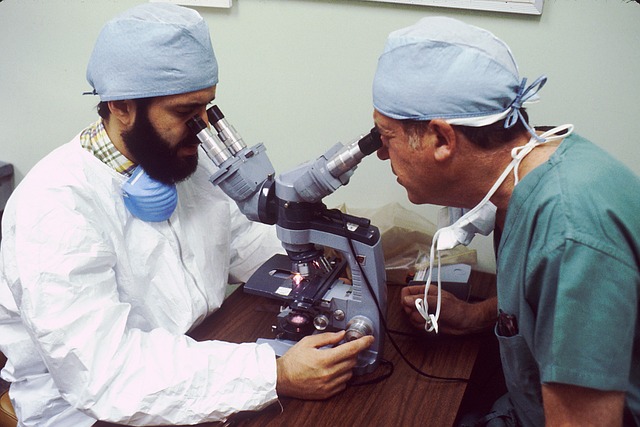Patients are more likely to associate a series of gynecological diseases as they get older. About 10-15% of couples of reproductive age suffer from infertility. It is essential to rule out endocrine disorders, infections, and systemic diseases for the proper management of each case.

Endometriosis, polycystic ovarian syndrome, uterine malformations, endometrial polyps, uterine fibroids, and premature ovarian insufficiency are the most common conditions that cause female infertility. Some patients are first interested in treating gynecological conditions and then consider the infertility issue. However, others are more interested in resolving infertility issues.
How does hysterolaparoscopy work?
The endocervical canal, uterine cavity, endometrium, and tubal ostia can all be seen through hysteroscopy, a minimally invasive procedure. Laparoscopy also makes it possible to examine ovarian, tubal, and uterine capacity.
In primary and secondary infertility, laparoscopic findings (pelvic inflammatory disease, endometriosis) are more common than hysteroscopic findings (polyps, uterine septum). Laparoscopy was used in 35% of cases of primary infertility, while hysteroscopy was used in 17%; whereas abnormalities were discovered by hysterolaparoscopy in 26% of cases in patients with primary or secondary infertility.
Ultrasonography, sonohysterography, MRI, HSG, and HyCoSy are the noninvasive tests recommended for infertility evaluations in addition to the hormone, ovarian reserve, and ovulation testing. Hysterolaparoscopy can correct pathologies that are typically missed by other imaging techniques. Due to potential complications like decreasing ovarian reserve, postoperative adhesions, or a possible delay in infertility treatment, the indication for surgical treatment must be carefully considered.
Numerous studies indicate that laparoscopy should be considered for women with unknown infertility etiologies because it improves both the quality of life and overall costs of a lengthy treatment plan for women who want to conceive.
Significance of hysterolaparoscopy
The majority of pelvic pathology in infertile women is frequently overlooked by routine pelvic examinations and standard diagnostic procedures, as experience has demonstrated. Laparoscopy has become an essential component of infertility evaluation due to its ability to view and manipulate the uterus, fallopian tubes, and ovaries. Hysteroscopy has become an equally important tool in the evaluation of infertility as a result of its ability to visualize the uterine cavity and identify potential pathology. A useful technique for diagnosing and treating infertility as well as benign uterine pathology is combined hysteroscopy and laparoscopy. The two methodologies are insignificantly intrusive, dependable, and protected, with a low inconvenience rate.
The decision to conceive and the subsequent minimally invasive surgical resolution of the genital pathology may also have an impact on the treatment outcomes. As a result, assessing follicular reserve and antimüllerian hormone (AMH) prior to and following surgery is essential.
Effective methods for identifying and treating anatomical structural abnormalities related to infertility include one-step hysterolaparoscopy or various combinations (laparoscopy and/or hysteroscopy, exploratory, and/or operative). In addition, women’s psychological and emotional status is stigmatized due to infertility, which remains a significant social issue. As a result, laparoscopy and hysteroscopy are the gold standards for treating a variety of causes of infertility.




